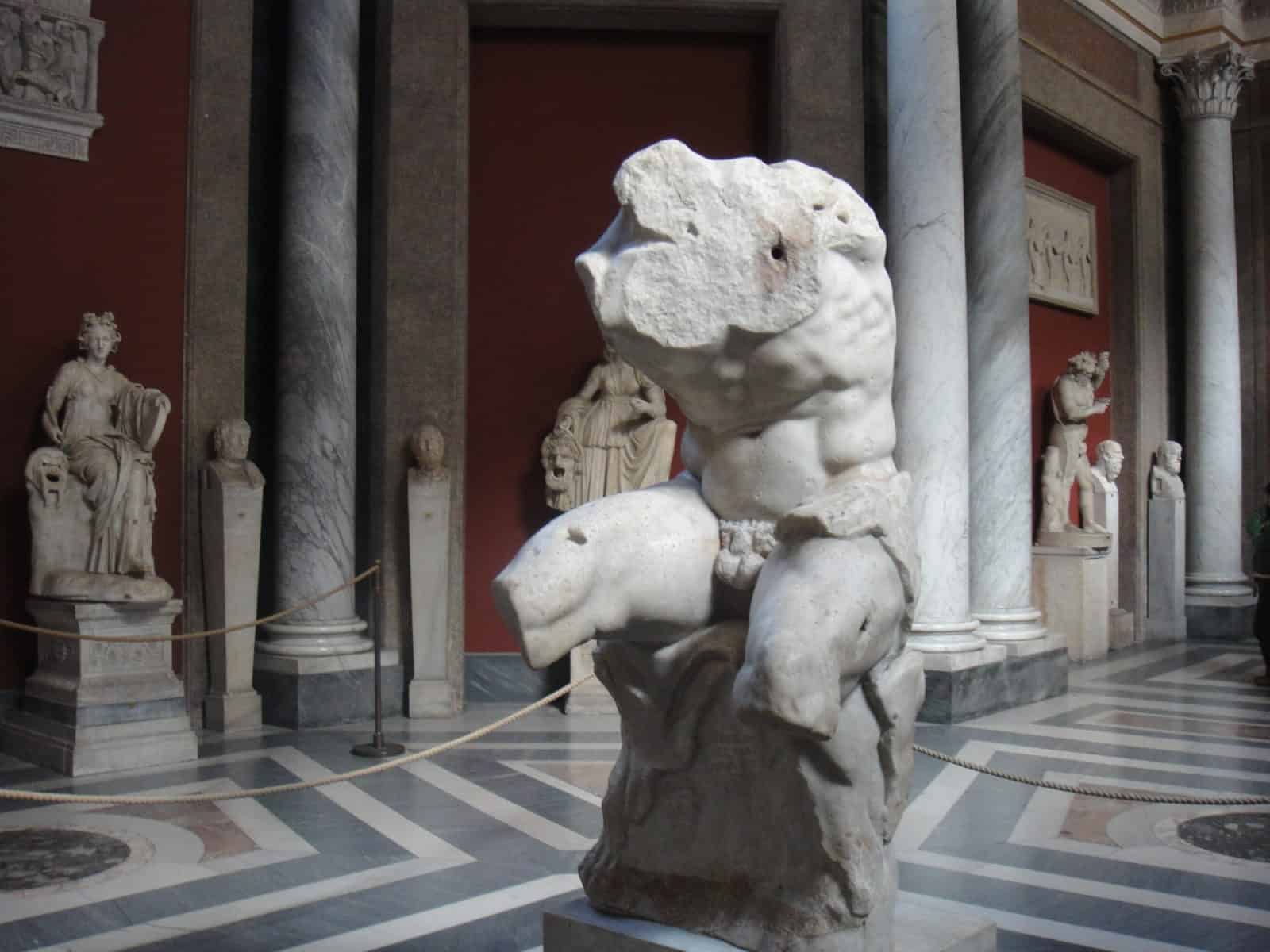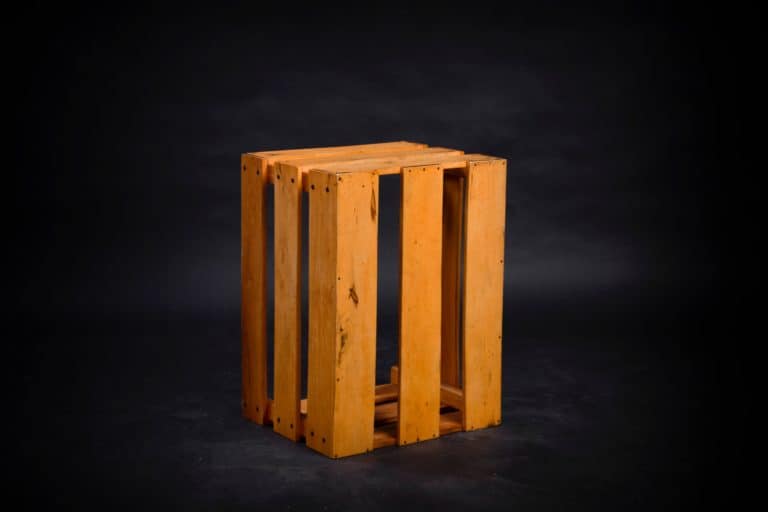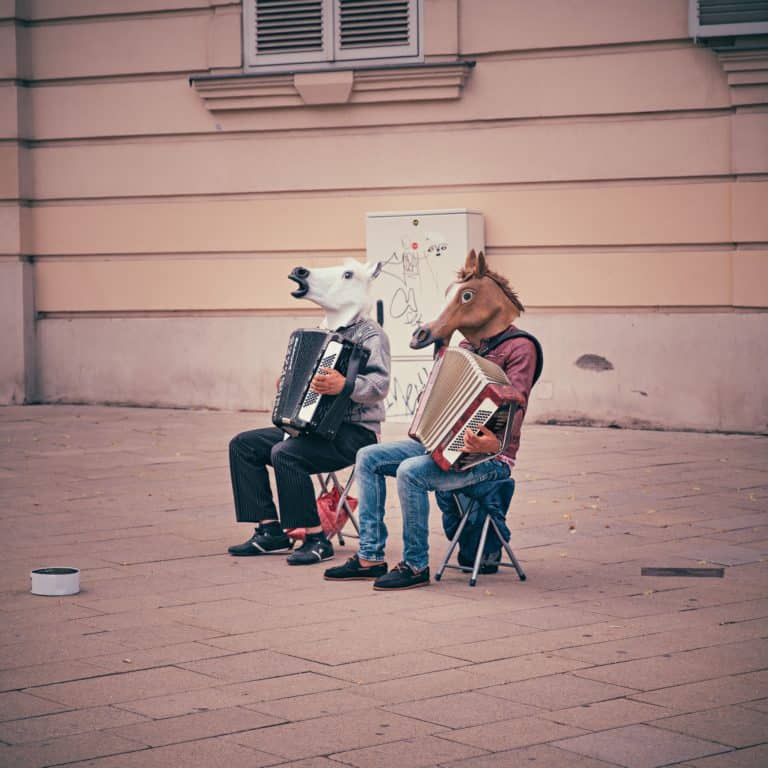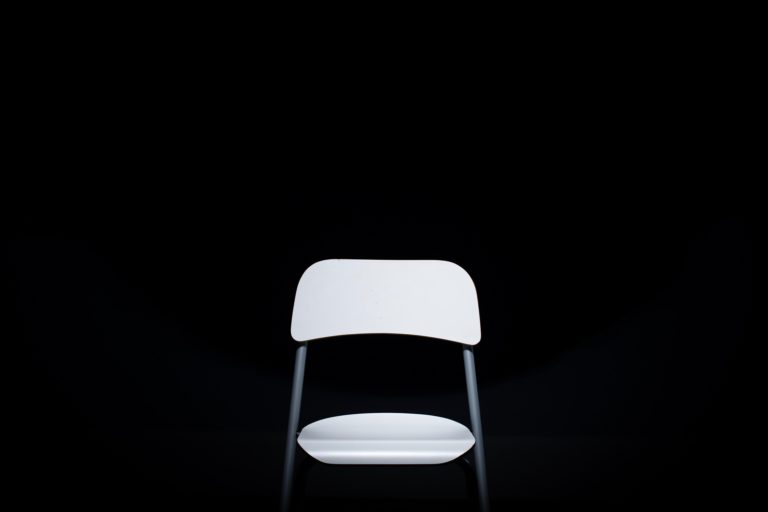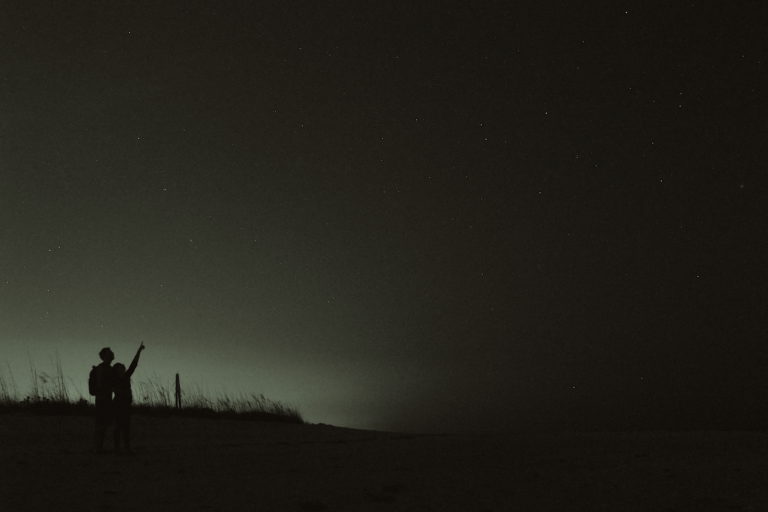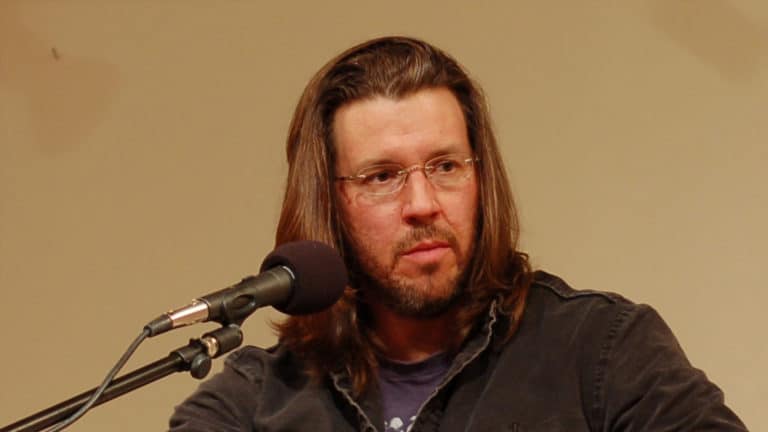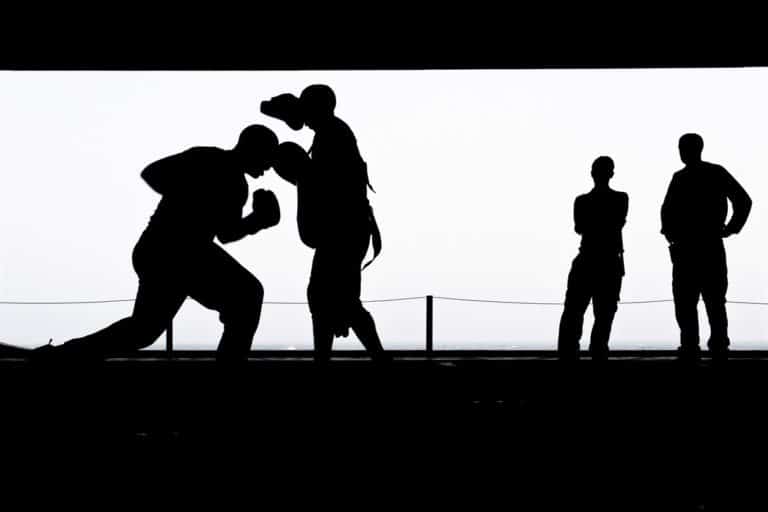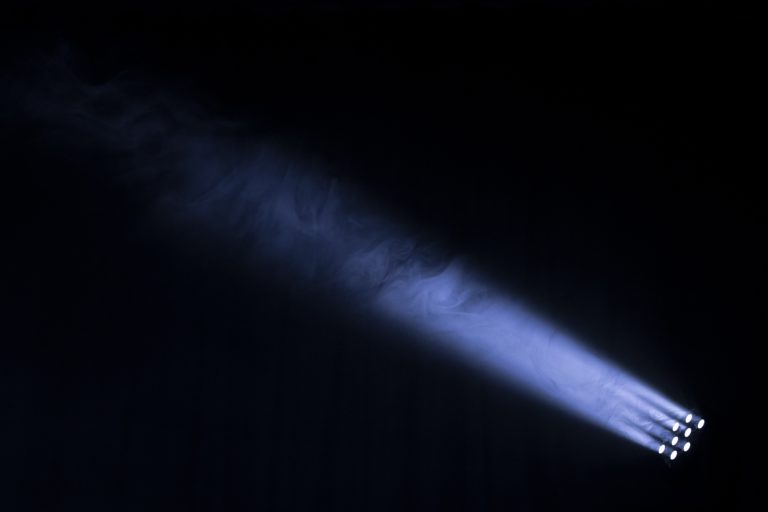Writing, sensu stricto, is also a visual art, and thus, the question of what visual artist or particular work of visual art has provided inspiration for me as a writer is akin to asking me what visual art or visual artist has provided inspiration for me as a visual artist. I’m being a bit facetious, here, but I feel it’s important to begin answering the question by addressing how easy it is to forget the sheer physicality of the graphic symbols we use to communicate ideas, meaning, story, or whatever else.
I recently read Raymond Carver’s intermittently poignant collection of miniatures, What We Talk About When We Talk About Love, and one of the few moments that help to elevate the book from being the literary equivalent of a paint-by-numbers kit is the following sentence: “He waited for the cars to pass so he could pull a U.” I don’t know whose choice it was to shift from a serif to a sans serif font for the “U,”* but it’s a brilliant move, because it emphasizes the pictographic quality, however faint, the mimetic potential, ditto, of at least one of the letterforms we take for granted as being strictly utilitarian, emphasizing, too, the artifice of putting words together to make sentences to convey ideas, an artifice involving visual composition.
That said, another way of answering the question above is to mention two artists, Jean-Michel Basquiat and Mark Rothko, both of whom supposedly representing opposite poles of the visual spectrum, opposite sensibilities, the former a so-called maximalist of a kind, the latter a so-called minimalist of a kind. However, however (the deliberate repetition here is as much a visual idea as it is a semantic one) disparate their means, both artists communicate at least one shared idea, Basquiat through information-saturated surfaces incorporating pop cultural references, textual fields, a wide range of mark-making, and seemingly innumerable elements; Rothko through evocative fields of color, fabricated surfaces that come closer to containing an actual emotion than anything I’ve ever encountered; that shared idea being the following: that one cannot produce something which contains everything, whether the vehicle to produce that something is called an “encyclopedia” or an “essence.” I think it was my engagement with these artists, and the conclusion that their respective aesthetics shared that common element, that enabled me to encounter various styles in literature less as dichotomies but as approaches that arrived at similar ends, so that, in the end, for instance, I could regard Beckett and Joyce not as opposites but simply as writers whose work both pointed, if they pointed to anything, to the everything that isn’t and the nothing that is.
It’s not without some sadness to have to admit that no single work of art has influenced me to write something in the way that a “ruined” sculpture inspired Rainer Maria Rilke to produce “Archaic Torso of Apollo,” an ekphrastic poem par excellence, where the poet suggests that there is a moment where the viewer and the viewed exchange places, where the subject becomes the object, and, as the roles are once again reversed, is forced to realize that he or she must change his or her life.
The answer to the titular question? Art, of course.

